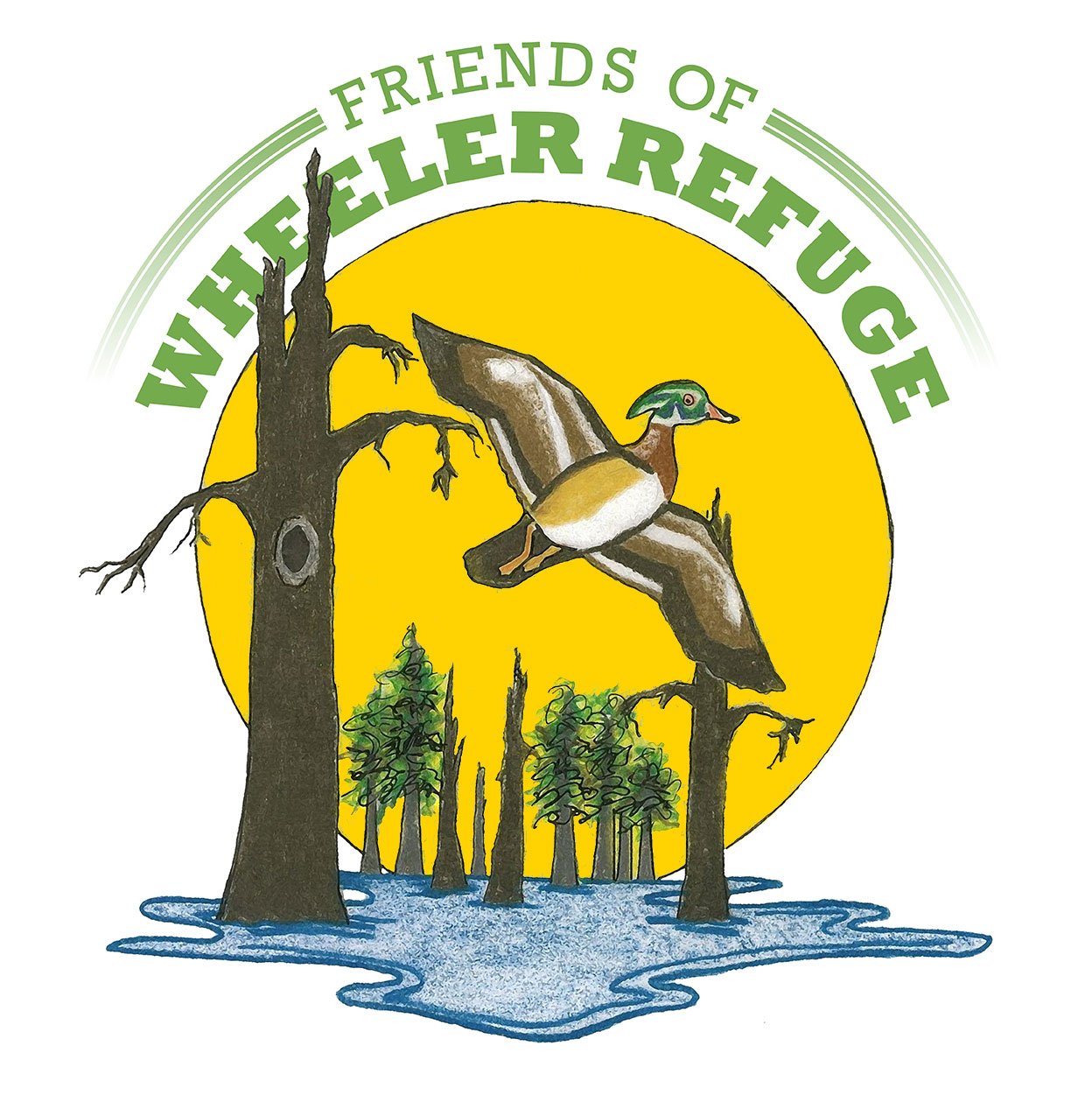Zig Zag Goldenrod
Solidago flexicaulis (Zig Zag Goldenrod)
Named for the way its stems zig and zag one way and then another, this goldenrod makes its home in woodland conditions, preferring shade and part shade over the full sun conditions that the great majority of goldenrods thrive in.
It grows approximately 1 to 3’ in height and may become patch-forming via root growth (rhizomatous), as opposed to being truly a clump-forming perennial, though in our experience this is not an aggressive spreader and makes for a great companion with other woodland asters, ferns, True and False Solomons Seals, Jewelweed, woodland grasses and sedges.
As mentioned in an earlier post Goldenrods are among the very best herbaceous host plants for the caterpillars of butterflies and moths, which are an enormously important protein for baby songbirds. Flowers have long been used to make dye, all above ground parts of the plant are considered safely edible for humans, seeds feed small songbirds. As a group, along with their beauty, these provide reliable, late-season, wide-reaching ecosystem services at a time when most herbaceous native plants have shut down or are shutting down for the season. Think about the needs of migrating Monarchs, for just one example.
And, because it cannot be stated enough, Goldenrod pollen is not the cause of late summer and fall sinus or eye irritations – its pollen is comparatively heavy and only insect-carried from plant to plant, not airborne from plant to plant - it is So Not the cause of seasonal allergies.
Courtesy of Mark Gormel
Senior Manager of Horticulture
Brandywine Conservancy & Museum of Art (Chadds Ford, Pennsylvania)



